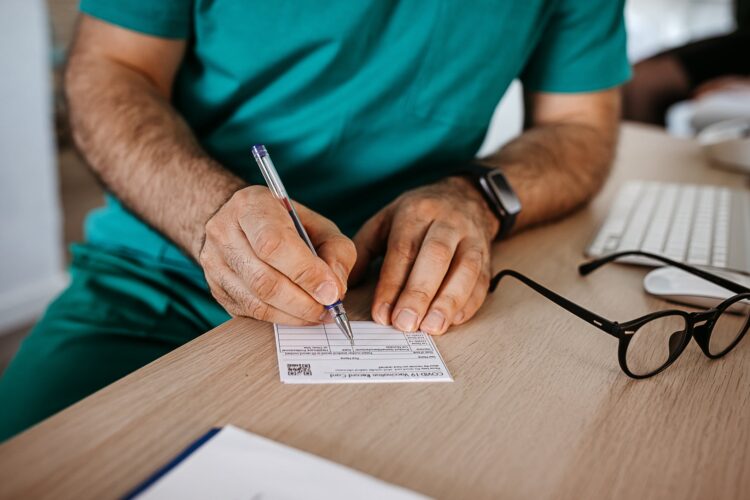Medical certificate verification requires systematically examining multiple authentication elements to ensure documents meet professional and legal standards. Digital medical certificates present unique verification challenges compared to traditional paper documents, requiring familiarity with electronic authentication methods and regulatory requirements. Legitimate practitioners through nextclinic.com.au implement robust verification systems that allow patients and employers to confirm certificate authenticity through multiple independent verification channels.
Electronic authentication systems
Electronic medical certificates contain unique identification codes and digital signatures that enable verification through dedicated portals. Most legitimate online doctor certificate providers include QR codes or verification numbers directly linking to secure databases containing certificate details. These digital verification systems allow third parties to confirm certificate authenticity without compromising patient privacy or revealing sensitive medical information beyond what appears on the certificate itself.
Authentication systems typically require multiple data points, including certificate number, issue date, and patient name, to access verification records. These multi-factor verification requirements prevent unauthorised parties from accessing certificate information while allowing legitimate verification by employers, educational institutions, or other authorised recipients. The verification process should return basic confirmation details without exposing private medical information beyond what the certificate holder chooses to share.
Professional licensing databases
- Registration numbers displayed on certificates can be cross-referenced against official medical board records to confirm practitioner legitimacy
- Active license verification ensures the issuing practitioner held valid registration at the time of certificate issuance
- Speciality certifications can be verified through relevant professional organisations and board certification databases
- Disciplinary action records help identify practitioners who may have restrictions on their practice or certificate-issuing authority
- Professional registration databases maintained by medical boards allow direct verification of practitioner credentials and license status
Medical licensing verification represents the most reliable method for confirming that certificate-issuing practitioners possess appropriate qualifications and maintain good standing within their profession. These official databases typically update in real-time and include information about license suspensions, restrictions, or other disciplinary actions that might affect certificate validity. Cross-referencing practitioner details against multiple databases provides additional assurance about certificate authenticity.
Anti-forgery protections
Authentic electronic medical certificates incorporate multiple security elements to prevent forgery and unauthorised modification. Digital watermarks, encrypted metadata, and tamper-evident formatting help distinguish legitimate certificates from fraudulent documents. Professional certificate systems often include time-stamped digital signatures verifying the issuing practitioner’s identity and the document creation timestamp. PDF security features such as password protection, editing restrictions, and digital certificates provide additional layers of authentication for electronic medical documents. These security measures prevent unauthorised modifications while allowing legitimate verification processes to proceed normally. The presence of appropriate security features, combined with proper formatting and professional presentation, helps distinguish authentic certificates from amateur forgery attempts.
Suspicious certificate indicators
Several warning signs may indicate fraudulent or questionable medical certificates that require additional scrutiny before acceptance. Poor document formatting, spelling errors, or unprofessional presentation often characterise fraudulent certificates created without proper medical oversight. Missing security features, incorrect medical terminology, or vague symptom descriptions may suggest certificate authenticity problems. Practitioners who cannot be verified through official medical board databases, refuse to provide registration numbers, or avoid direct communication about certificate details raise significant authenticity concerns. Certificates issued immediately after first contact without adequate medical assessment time, or those containing medical recommendations that seem disproportionate to described symptoms, warrant careful verification through independent channels before acceptance for employment or educational purposes.

